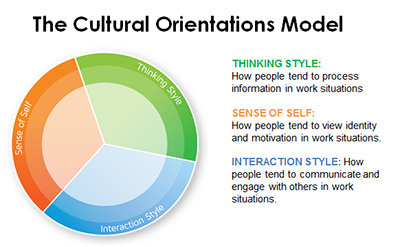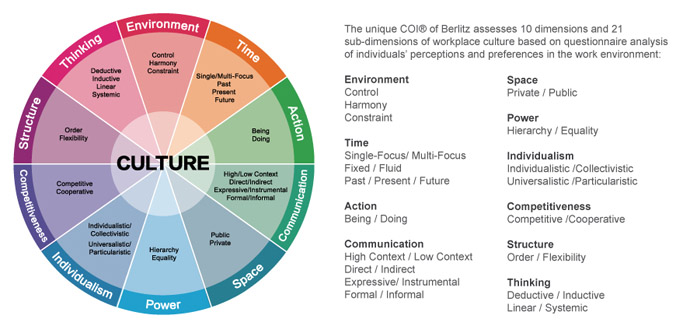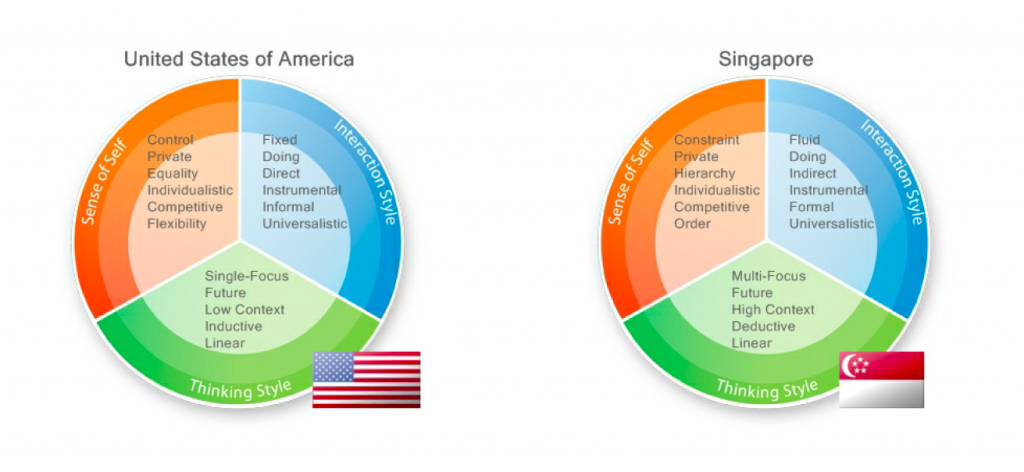During April, I had a wonderful opportunity to work with Sara Amjad (from the Yale-NUS College Dean of Students office) to create a faculty workshop that brings Sara’s Intercultural Dialogue program to a new format and audience. The format would be a 90 minute Workshop at the end of the semester, and the audience would be faculty – who have for three years now been teaching here in Singapore in what sometimes can be a very different cultural environment than where many of our faculty have been trained. Yale-NUS, like most colleges, has a very diverse campus – its students represent over 50 nations, and unlink campuses in the US, these students who might be thought of as “International” students make up 40 percent of the student body, compared to the 60% Singaporean student contingent. The percentage of American students at Yale-NUS is well less than 10%, making it something of a mirror image of the typical American campus which has 90% American students and 10% “International.” Our Yale-NUS College faculty are mostly from the US, with contingents from Australia, the UK, and a mix of Asian countries. Bringing an intentional dialog on how cultural assumptions from their own backgrounds and from the students affects their teaching and learning was our goal. Sara has been running this program now for over two years with groups of students, staff and a few faculty – we were hoping to bring this experience to bear in helping our faculty better understand these issues.
Our workshop began with a great introductory exercise – each participant told the story of their first and middle name. The stories were varied and revealed interesting aspects of how extended family played in the choice – with wide ranges of relatives either being the source of the name or providing input – or with interesting stories that tied to the many diverse cultures represented in the room. We discussed the Cultural Orientations Model, which is a varying mix of thinking style, sense of self and interaction style, that often has different proportions by culture. This plays into how we communicate and how what we say is received in the classroom, and we discussed how to structure classrooms to best match student’s cultural orientations.


The second part of the workshop included examining the distinction between discussion, debate and dialog in the classroom, and how to foster each of these modes of instruction. The ways in which we mix these formats can be helpful or hurtful to students depending on their cultural styles. The final part was perhaps the most interesting – scenarios constructed by Yale-NUS students were discussed. Sara had done thorough research and interviewed about a dozen of our students to come up with some very interesting scenarios for us to discuss in which faculty or visitors to campus misinterpreted students, made assumptions about their religious backgrounds or other cultural orientations, and how that created awkward and difficult situations. We had groups of 2 assigned to each scenario, which they discussed among themselves and then reported to the entire group of the workshop. The discussion was very lively and enlightening!

Discussion Materials
Exploring the Differences Between Discussion Debate and Dialogue Faculty Workshop Scenarios – updated
